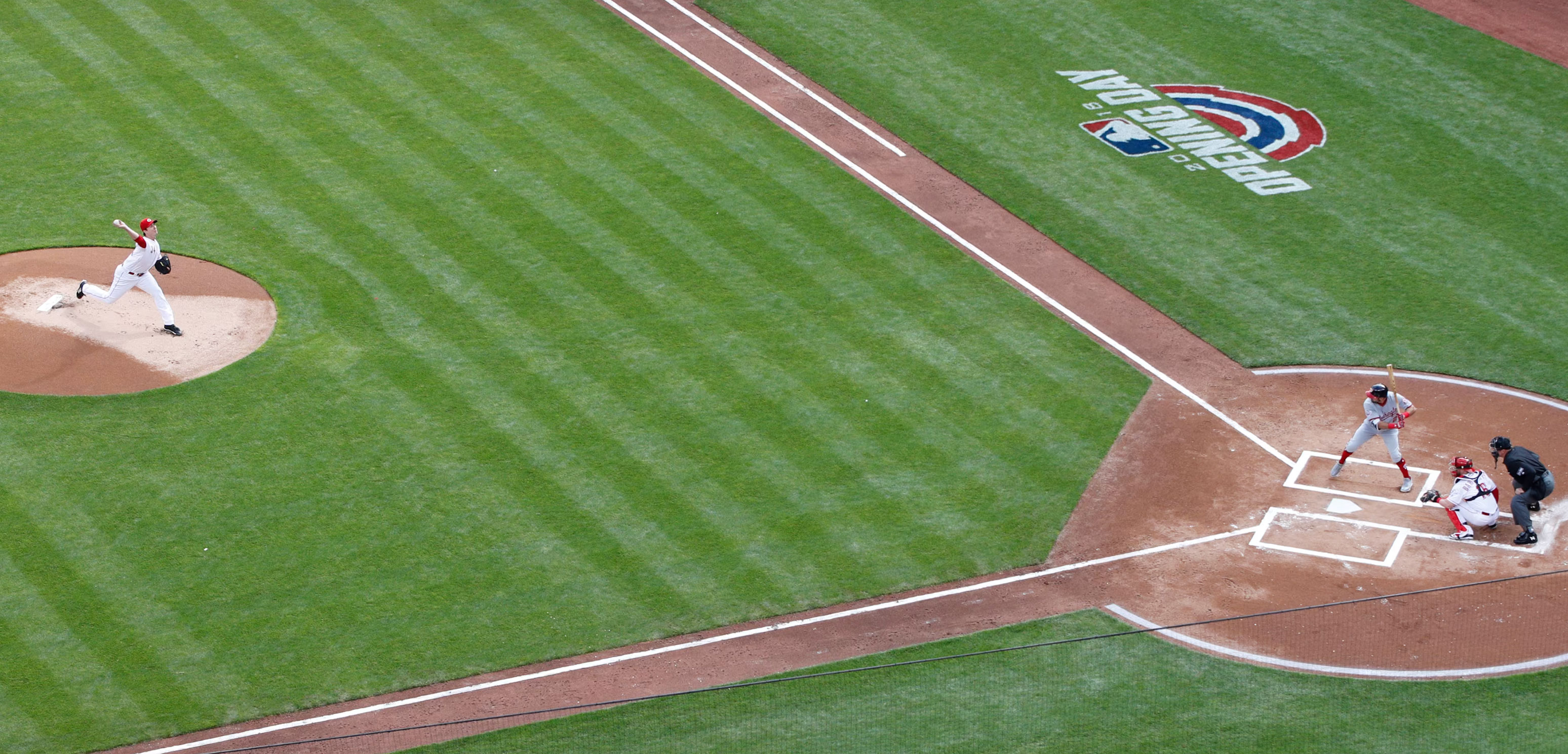Baseball is one of the most iconic sports in the world, known for its strategic gameplay and teamwork. Whether you're a beginner looking to learn the basics or someone aiming to improve your understanding of the game, this guide on how to play baseball will walk you through everything you need to get started. From understanding the field and positions to learning how to hit, pitch, and run bases, you'll get a full picture of what it takes to enjoy and excel at this timeless sport.
Understanding the Basics of Baseball

Before learning how to play baseball, it's essential to understand the fundamentals of the game. Baseball is typically played between two teams of nine players each on a field with four bases arranged in a diamond shape. The game is divided into nine innings, where teams alternate between batting and fielding. The goal is to score more runs than the opponent by hitting the ball and running around the bases to reach home plate.
Essential Equipment You Need to Play

To play baseball, you'll need some key pieces of equipment. These include a baseball glove, bat, ball, helmet, and protective gear. Gloves vary by position—for example, catchers use specialized mitts, while infielders use smaller, more flexible gloves. Choosing the right bat is also crucial, and it’s important to find one suited to your size and skill level. Safety gear like helmets and cups are mandatory to minimize injuries during gameplay.
Learning How to Hit the Ball

One of the most exciting parts of learning how to play baseball is hitting. A batter's objective is to hit the pitch thrown by the pitcher and get on base. Good hitting requires hand-eye coordination, timing, and proper stance. Beginners should start by practicing swings and work up to facing live pitches. Coaches often use batting tees and pitching machines to build consistency and confidence in new players.
Mastering the Art of Pitching

Pitching is a vital skill in understanding how to play baseball. The pitcher aims to throw the ball into the strike zone, making it hard for the batter to hit. Pitchers use various styles and techniques such as fastballs, curveballs, and sliders. Good pitching requires a combination of accuracy, speed, and mental strategy. Beginners should focus on grip, foot positioning, and follow-through mechanics to develop proper form.
Understanding Field Positions and Responsibilities

To fully grasp how to play baseball, it's important to learn the fielding positions and their responsibilities. The baseball field is divided among players into positions like pitcher, catcher, infielders, and outfielders. Each has unique duties during both defensive and offensive plays. For example, the shortstop covers a large area and often coordinates plays in the infield. Knowing your position and communicating with teammates is essential for a strong defense.
Base Running: Speed and Strategy

Base running is more than just speed—it's about understanding when and how to take risks. After hitting the ball, a player must run to first base and can continue around the bases to score a run. Proper base running involves quick decision-making, knowing if a ball is in play, and recognizing when to advance or hold position. Coaches often train players in sliding techniques and signal communication for better strategy.
Scoring and Winning the Game

In order to win at baseball, players must focus on both offense and defense to outscore the opposing team. A team earns one run each time a player progresses around all bases and reaches home plate safely. Managing errors, executing double plays, and smart pitching are defensive strategies that can prevent the other team from scoring. Teamwork and situational awareness are keys to turning good plays into game-winning moments.
Rules and Fair Play in Baseball

Knowing the rules is a crucial component of understanding how to play baseball. This includes basic rules like three strikes for an out and four balls for a walk, as well as more advanced regulations like the infield fly rule or balk. Respecting the umpire's decisions and practicing good sportsmanship is also essential at every level of play. Learning the rules ensures a fair and enjoyable experience for all players involved.
If you're eager to learn how to play baseball, this guide offers a solid foundation to get started. From mastering your swing to understanding game rules and field positions, every element contributes to becoming a confident and skilled player. As you practice and play more, you'll gain a deeper appreciation for the strategy and excitement that make baseball such a beloved sport around the world. Step up to the plate and enjoy the game!


